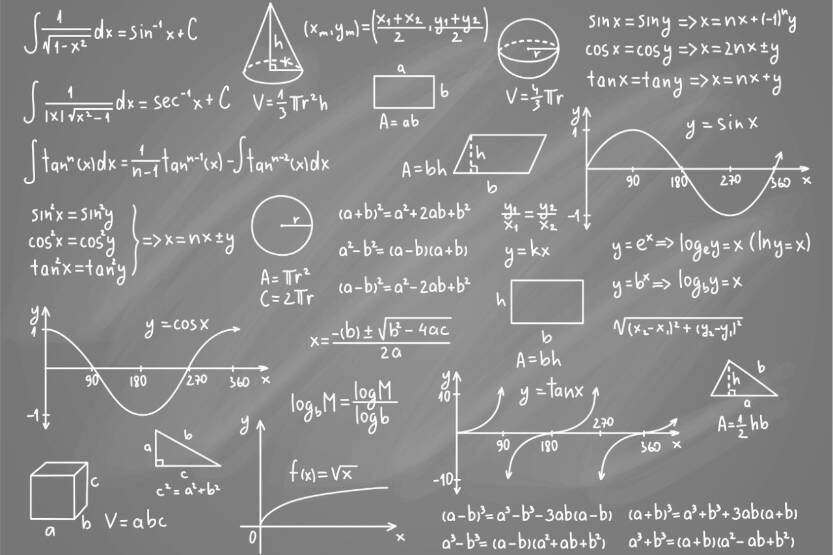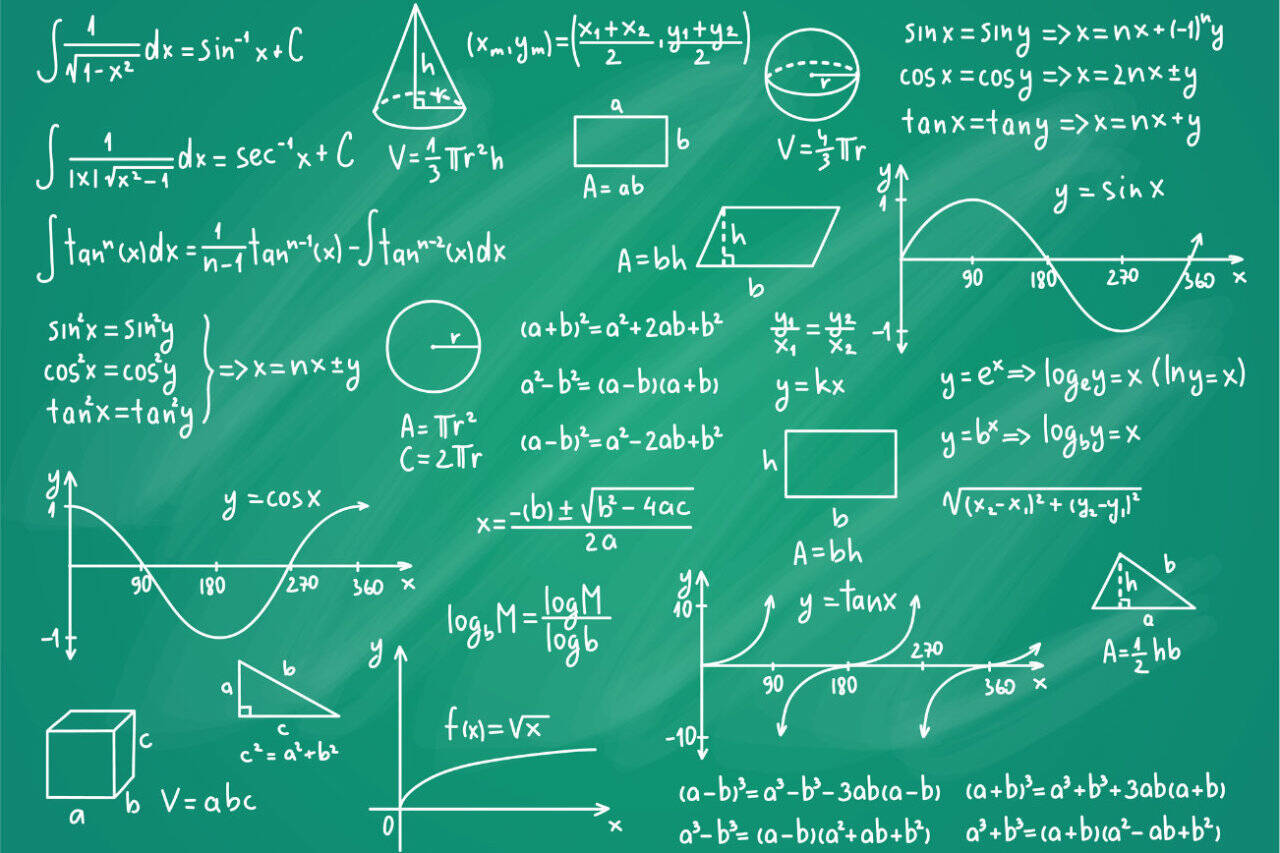It’s not just your imagination — almost everywhere we go, the sameness, in many cases the “authentic” sameness of everything from food to public spaces, to what people almost everywhere eat, wear and listen to is, by some nearly irresistible, pervasive force, largely the same.
So-called “hipster” beards, shoes and coffee shops are, no matter how intentional, reflections of what could be called a platonic ideal of a “hipster” prototype or template that , by some near gravitational force, is a reflection of some not-quite master plan.
Yelp and other online rating services “rate” places on the same criteria — which are, of course, searchable — and universal. They may not be binding, but if a business wants a high rating, they know what to do — which is, for better or worse, what every other business is doing.
From Beijing to Berlin, Kyoto to Denver, Seattle or Reykjavík, a traveler could search for coffee shops or cafes, and based on a near universal star rating, could find a place familiar or even something like home, almost anywhere in the world.
It is the architectural equivalent of comfort food — a place that feels like home — but anywhere. And, as apparently must be the case, as much as it might be engineered and marketed to be “homey” — it is, above all, a manufactured, standardized, group-think, focus-group concept of “home”. In other words, the algorithm might declare it home, but for most of us, it never will be.
If you know the space, you know the vibe — plentiful daylight through large storefront windows — bonus points if they open onto a sidewalk or neighborhood — industrial-sized wood tables for socially dynamic seating, bright interior walls painted white or with subway tiles; and of course, the most essential — WIFI for writing, scrolling or looking busy.
You could say that these places across cultures and languages were connected, even defined by a larger force — apps; apps with no boundaries, schedules or parameters.
As any marketer knows, consumers can’t resist what they (are convinced that they) want and success (or at least profit) will reward those who meet established expectations. In our app and online defined and framed landscape, physical space has been turned into its own product.
This vibe design scheme may have started in coffee shops, but it didn’t stay there — co-working spaces, startup offices, hotels and restaurants have taken on the “home away from home” theme.
Some have called it “the millennial aesthetic”. And its signs are unmistakable; long wooden tables, wrought-iron finishings, strings of hanging lightbulbs, and of course, long, loopy, hanging (but not aways real) plants.
The ultimate irony of course, is that these spaces are where (apparently) young people in particular, (attempt to) express their uniqueness in contrast to the mainstream crowd — in this case a particular coffee shop rather than an obscure band or clothing brand.
These spaces are supposed to represent spaces of individuality, but they’re incredibly monotonous — and, to my mind at least almost frightening in their Stepford wives, standardized conformity.
And it’s not just the spaces that are homogenous, but who goes there. Who can afford the treats and drinks there? And who has the time to “hang out” almost as a lifestyle?
This is not of course a new phenomenon — consider the typical suburban landscape or travel experience — the inevitable look-alike, interchangeable strip malls, highways, airports and hotels.
To be “IN” means that everyone is doing it. Does that mean you should?
Algorithms, at least in the ever-present, intrusive forms that we know them currently, are relatively new.
Human beings have always attracted to what other human beings have or are doing.
If you’ve ever seen two dogs fighting over a bone? They each want it — at least as long as the other one wants it.
Once one dog gives up on it, the other one quickly does as well.
That’s human nature in a nutshell; if something seems important to one, it is likely to be appealing to another one. And if two begin to compete, it won’t stay two very long -two individuals turns into two families, two political parties or businesses, or even two (or more) entire nations.
If you study human nature (or your neighborhood dogs) for very long, you realize that humans will fight over anything — until we decide (or say) that we don’t want it any more.
But whether we fight about it, or drink it or wear it or have it in our homes, what other people value is all too often what is important for us. And not always, or even often, because we actually do care about it
There’s a study of social movements, from abolition to prohibition to (in retrospect) embarrassing fashion trends, and much more, that is very revealing; it is not the one prophet or visionary or activist that starts a movement — cranks, eccentrics and basement inventors are in every culture and era. It is the one that gains a follower (or two) that gains the traction to make a difference.
Snowflakes of the world, unite!
A few years ago, a popular term of derision was “snowflake”. Like most slogans, popular phrases and terms of derision, this term, like many before it, had a limited context and shelf-life.
It was meant, I believe, to refer to someone who, at the slightest heat or pressure would melt away.
And for literal snowflakes that is often true. But not always. Joined by other “snowflakes”, there are few things stronger and more destructive than “snowflakes” united in a common cause.
From glaciers to icebergs to paralyzing blizzards, there are few forces in nature as insurmountable — and unstoppable — as a coalescence of “snowflakes”.
Literal snowflakes don’t need algorithms to tell them what to do. Or even to tell them what other snowflakes are doing.
Social (or human) movements or trends, from pet rocks to political platforms to regrettable fashion choices are rarely deliberate or conscious.
From hats to shoes to the music we listen to, what other people do influences us far more than we might like to believe.
Online “influencers” amass fortunes from their ability to milk or manipulate these core human tendencies. And our closets fill, and our bank accounts empty in response to their irresistible callings.
That this would, by necessity, lead to conformity, sameness and monotony, would, to anyone with foresight, be painfully obvious.
But the influencers and marketers re-shuffle the pieces and add a little spark or novelty (but not too much) to keep our interest.
We become what we behold.
― William Blake
Money and information cross borders and time zones — and political or philosophical boundaries.
Cultural identities, investments, corporations, cyber-currencies, philosophies (and their slogans) server farms and the combined data of all the digital platforms, slosh and sluice invisibly like wind or ocean currents between nations. And our everyday conversations.
We users voluntarily pump our own data and information, from favorite foods to Harry Potter character, through this system, turning ourselves into flowing interchangeable commodities.
Where we are going and what we are becoming is yet to be seen.






